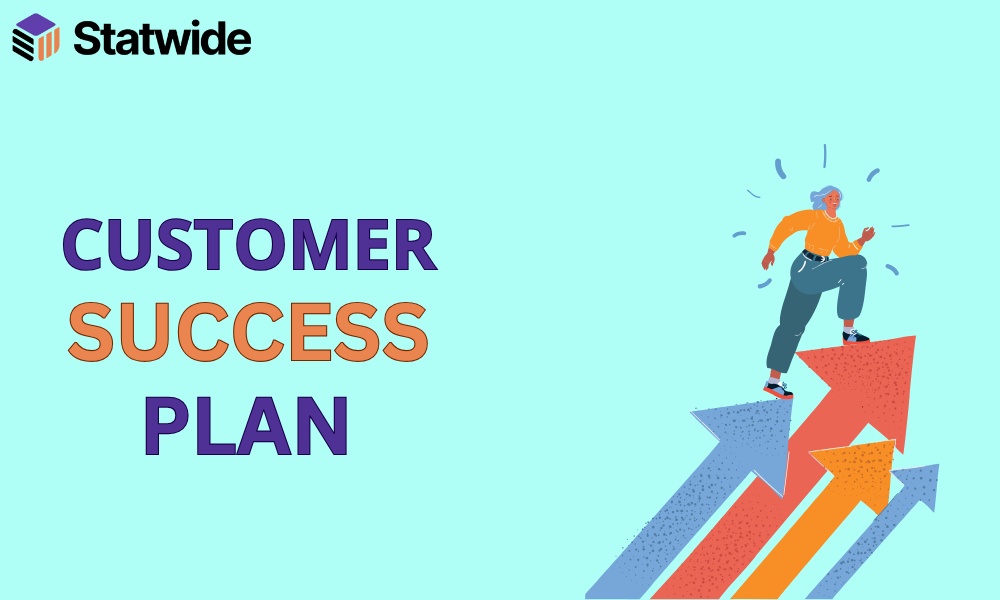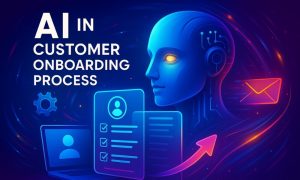A strategic customer success planning creation involves understanding the customer’s goals, identifying the key metrics for success, and collaborating with the team to define actionable steps. When done, you need to assign roles, develop practices, and review and adapt the planning.
Though it might seem like a simple checklist to you, you need careful approaches in each stage. In a world where customer expectations keep changing and competition is more than sky-high, building a plan that truly adds value is not like a cakewalk.
Rest assured, today we will walk you through some very simple but worthwhile steps to create a plan that can turn your customer happiness into lasting business success.
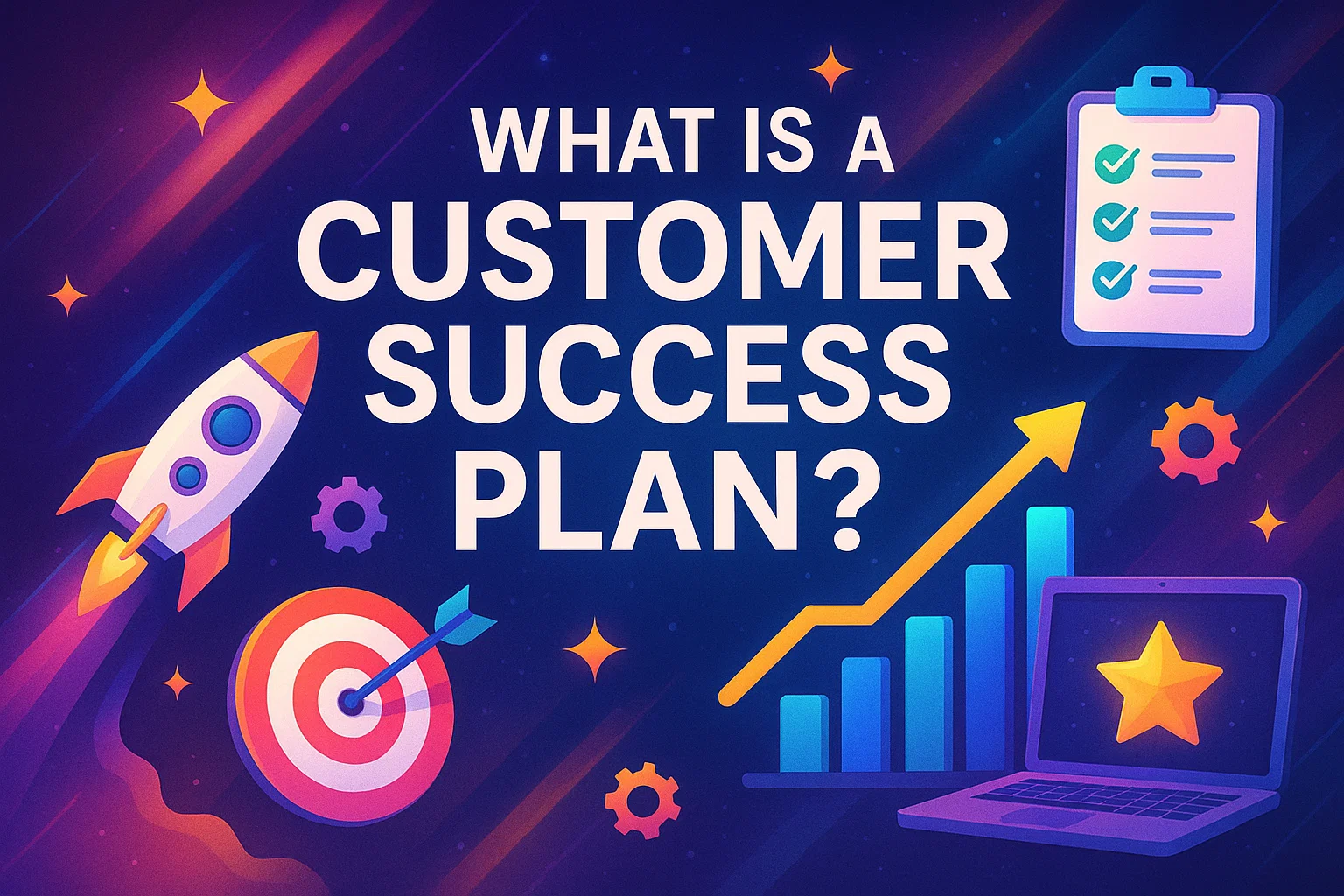
What is a Customer Success Plan?
A customer success plan is a detailed strategy in which business owners make plans on how they can meet the customers’ desires, ensure engagement, and achieve long-term satisfaction and loyalty. With that result-driven planning, you can set milestones necessary to guide customers and achieve the best outcomes for your product.
Let’s say you are making a customer success plan for a marketing automation platform. It should include all the structured approaches that drive success, such as personalized onboarding, regular performance reviews, and tips on campaign optimization for lead generation.
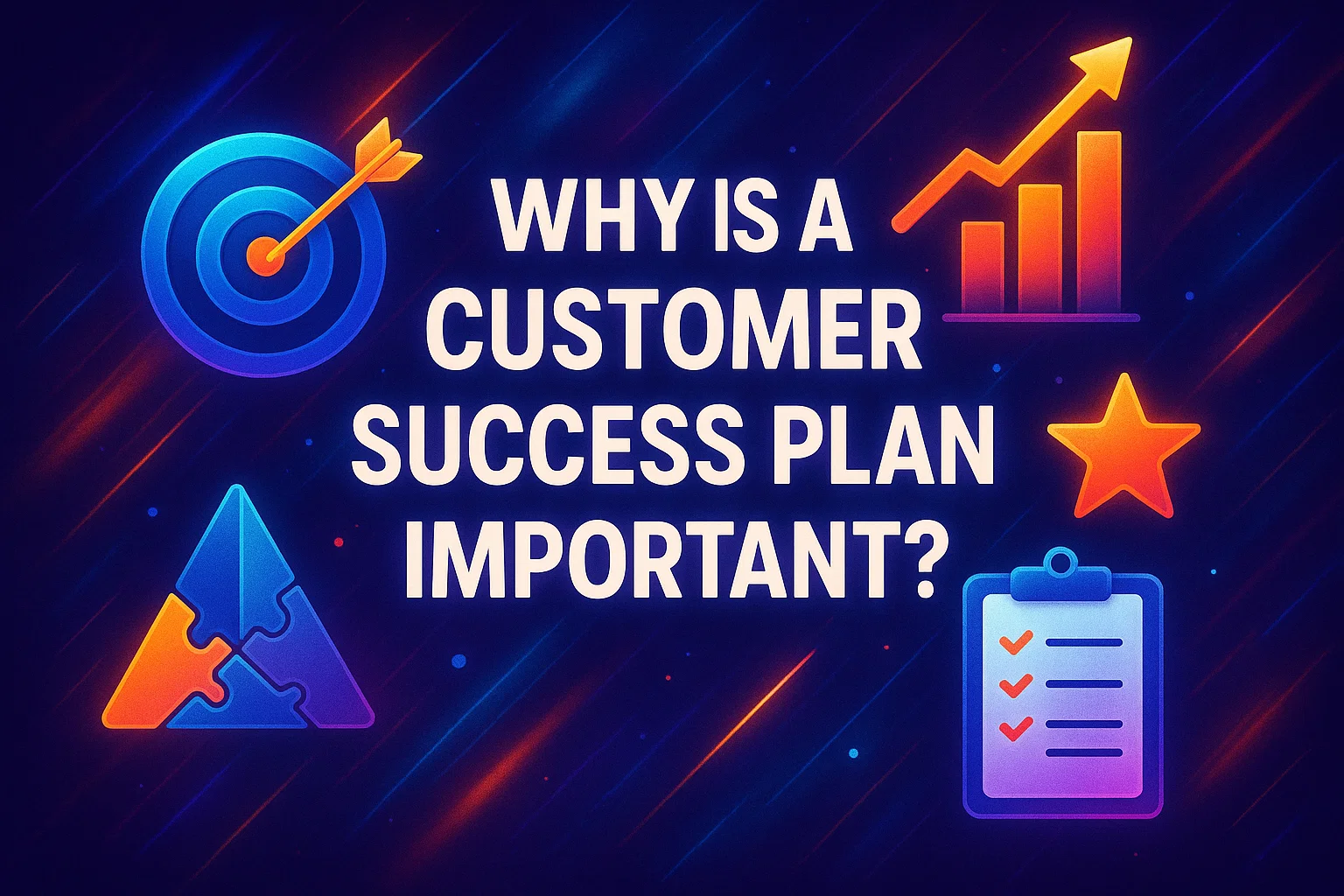
Why is a Customer Success Plan Important?
A customer success plan is important to ensure your customers are getting desired outcomes, leading to boosted satisfaction and long-term business success. Have a detailed look:
Drives Customer Retention
With the strategic customer success plan, creating a custom plan for your service and price is no longer the thing of hurdle now. You can really guide your customer toward their desired outcomes and ensure loyalty.
Improved Customer Lifetime Value
Satisfied customers are like golden perks for you to renew subscriptions. You can easily increase the purchasing rates, brand recognition, engagement, and long-term revenue.
Creates a Strong Customer Relationship
You can well-documented processes to build trust with your service and brand and now you can ensure long-term engagement with your customers. Here, you are increasing your product value, addressing their rising issues proactively, and offering personalized support no matter what the situation is. It also increases the satisfaction rate.
Removes the Guesswork for CSMs
When you set plans for common steps in the customer journey, it will be easier for your CSMs in their operations. You are essentially giving them a roadmap for a trip, so there is no chance of figuring it all out on their own, and they can focus on what truly matters.
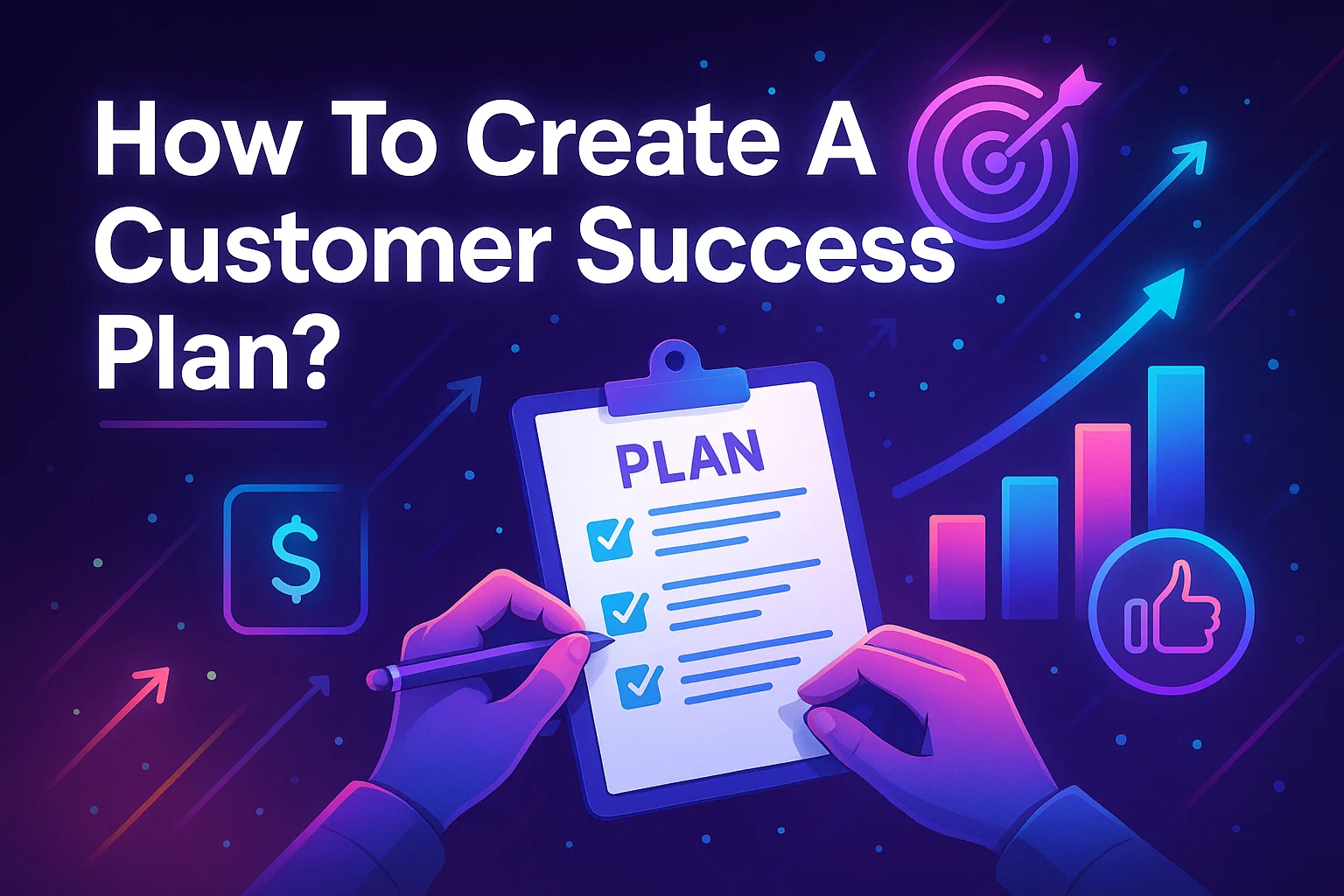
How To Create A Customer Success Plan?
To build a winning customer success plan, align your customer goals with their journey, set clear objectives, develop effective strategies, and continually monitor performance for expected improvement.
Let’s simplify the process in a few quick steps:
Identify Customer Goals:
To design a successful customer plan, make sure you have the right knowledge about the target audience. For instance, you should have a strong customer support base to truly know about the expectations and aspirations of your customers relating to your services. To do so, you can go through your onboarding surveys.
Ask new customers directly about their objectives. The better you can analyze their product usage patterns, support tickets, and feedback insights to get an idea about their common goals.
Besides, you can schedule regular check-ins with your customer success team to discuss progress and improvement needs. All you need to create your customer-centric success plan which is proven to ensure up to 60% higher profits than that of your competitors.
Map the Customer Journey:
Next, you have to create your customer journey map, which means the complete roadmap of what your customer has been doing from the beginning till now. All these help you map out potential roadblocks and friction points. Plus, you can find many remaining opportunities for proactive support and improvement. Now the question is how effectively you will map it out. Let’s clear it in steps.
First, identify your customer journey in 6 essential stages:
| Awareness | How do your customers find your product? |
| Acquisition | How do they become customers? |
| Onboarding | How do they start using your product? |
| Adoption | Find out how they integrate your product into their needs. |
| Retention | How are you retaining them? |
| Advocacy | How do you turn them into brand ambassadors? |
After gaining these insights, now list all the interactions your customer has with your company at each stage. It could be from the website, email, phone calls, or in-app messages. Through this effective mapping, you will have a clear understanding of where they have gotten stuck and taken a wrong turn on their way to success.
Let’s say your customer wants to boost sales and you have found that they struggle with uploading product pictures throughout their onboarding process. That’s the problem you need to fix.
Set Actionable Objectives and KPIs:
Next, you need some KPIs to measure the performance of your customer success. These are also important metrics to track progress toward your objectives. Some of the relevant KPIs you need in this process include:
- Onboarding Completion Rate: You will get the percentage of new onboard customers.
- Customer Churn Rate: The measurement of customers who stop using your product or service.
- Net Promoter Score (NPS): You can measure your customer loyalty and satisfaction.
- Customer Lifetime Value (CLTV): It helps you predict the total revenue a customer will generate.
- Product Adoption Rate: This gives you an idea of how frequently customers use specific features.
- Customer Health Score: It is more like a score that highlights the overall health of a customer relationship.
Develop Strategies and Tactics:
With everything you have now, it’s time to make a strong implementation plan, taking all necessary steps to address what your customer wants. With that framework, your customer success team will take action to get their desired objectives and improve the KPIs you’ve made.
Some of the important steps include implementing a personalized onboarding program, providing resources to encourage customers to use your product, or ensuring proactive customer support. To effectively approach this, you can segment your customers and offer targeted support.
Implement and Monitor
At the last step of ensuring well-proved customer success planning, you need to focus on reviewing it effectively. All you can do is thoroughly review the customer feedback and analyze the customer data to identify trends and patterns.
Research shows that companies that effectively use customer feedback to improve customer experience can witness a 10-15% increase in customer retention rates. Schedule regular reviews of the plan and make necessary adjustments to your strategies.
In Closing
Customer Success Plan is a journey, not a destination. So, you need a deep understanding of your customers and a commitment to continuous improvement. More than that you need the ability to work based on feedback reviews.
With all the strategic planning discussed above, you can easily transform customer satisfaction into a powerful workflow of business growth. Above all, prioritize building a culture of customer-centricity within your company—after all, a plan is only as strong as the team that supports it.
Author
Shirikant is a proven customer success leader who combines sharp business insight with practical experience to improve retention and drive revenue. As the founder of Statwide, he designs customer-first business strategies that guide companies to turn users into loyal and long-term partners. His approaches are built on real results: stronger relationships, higher customer value, and lasting growth.

